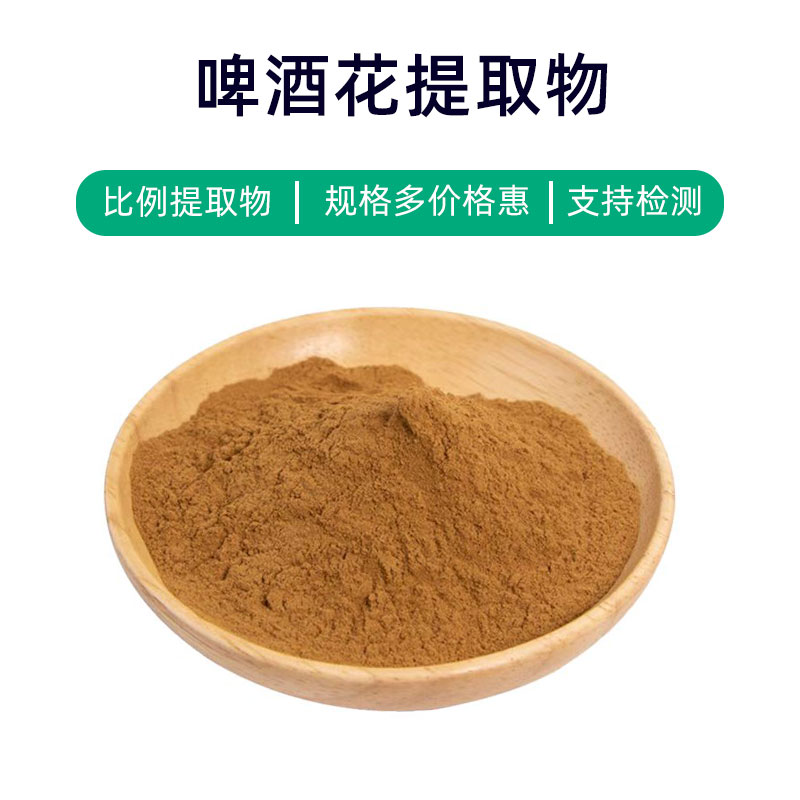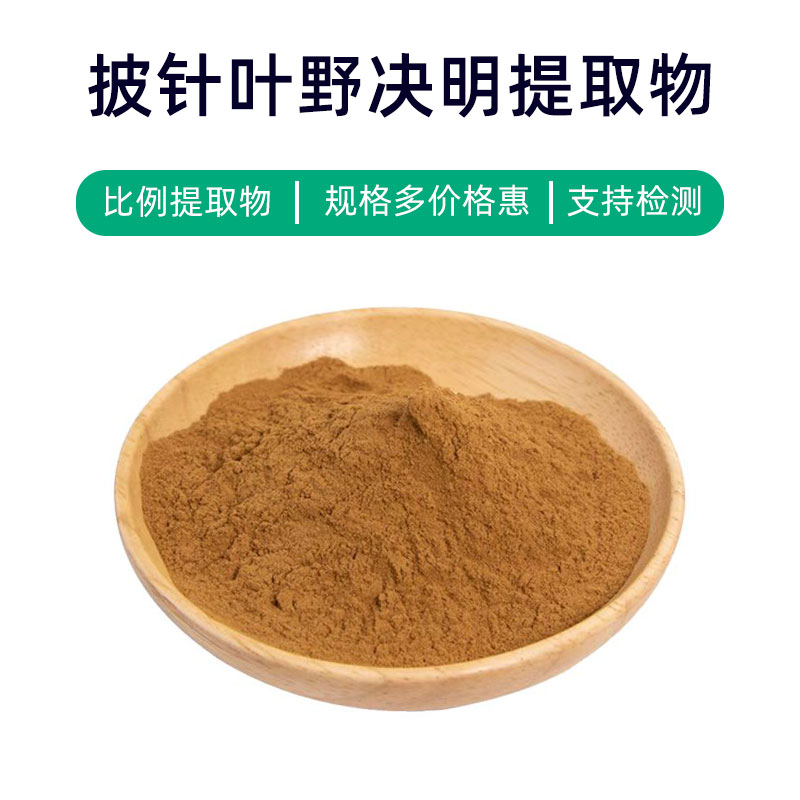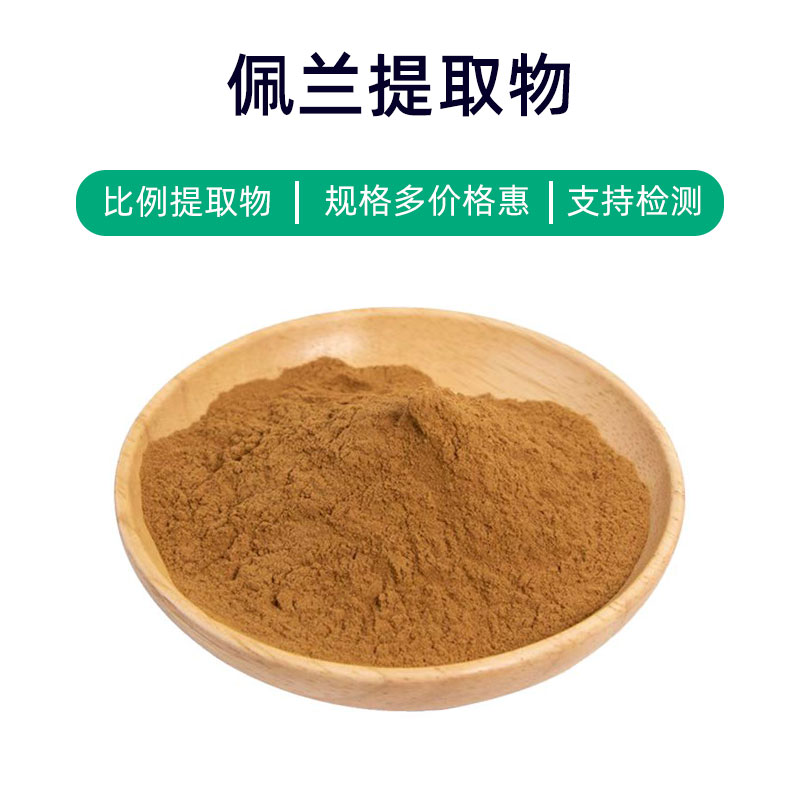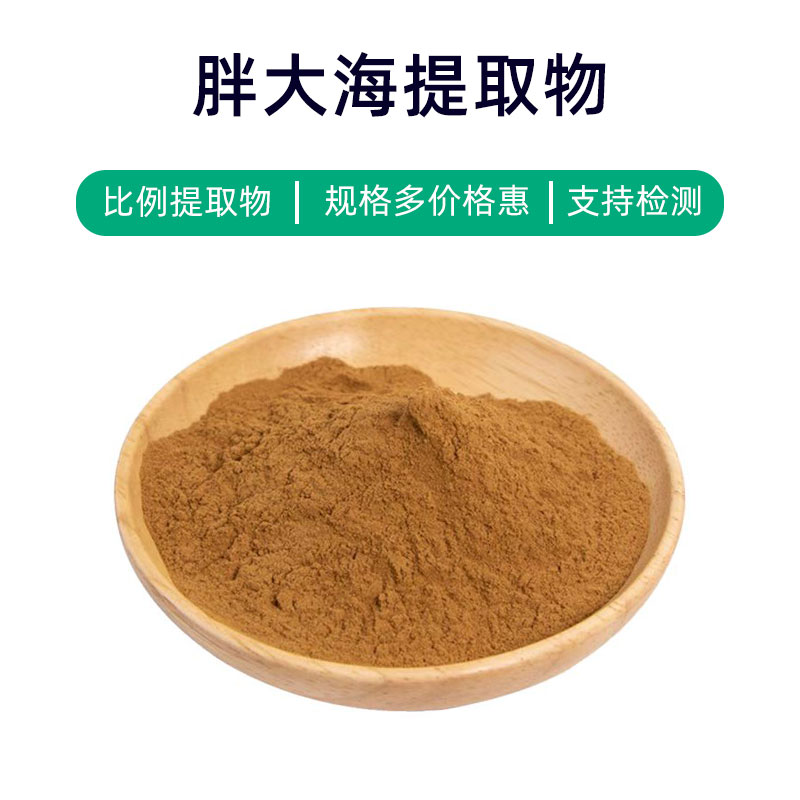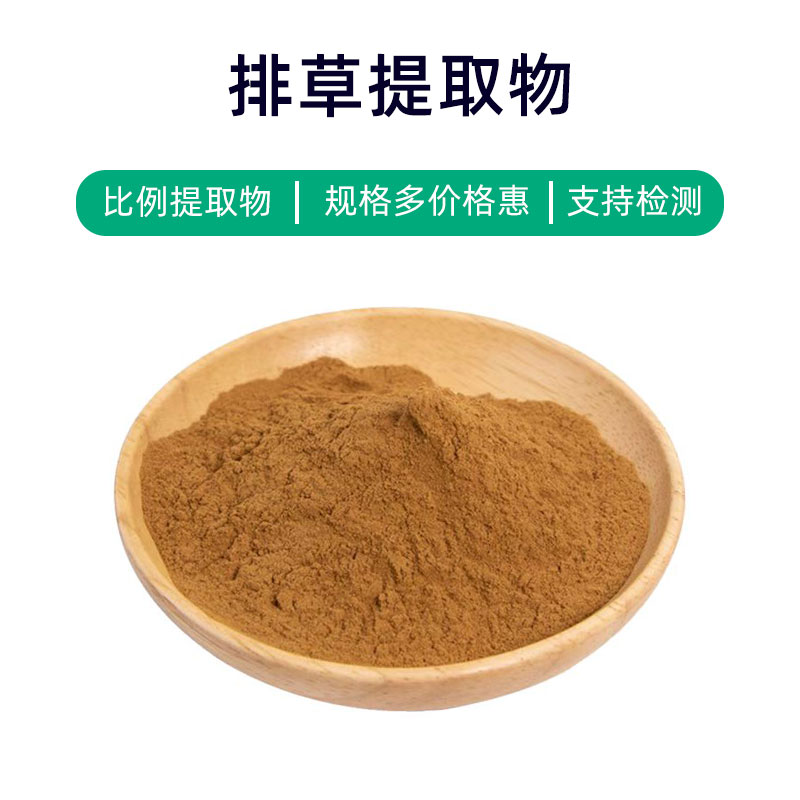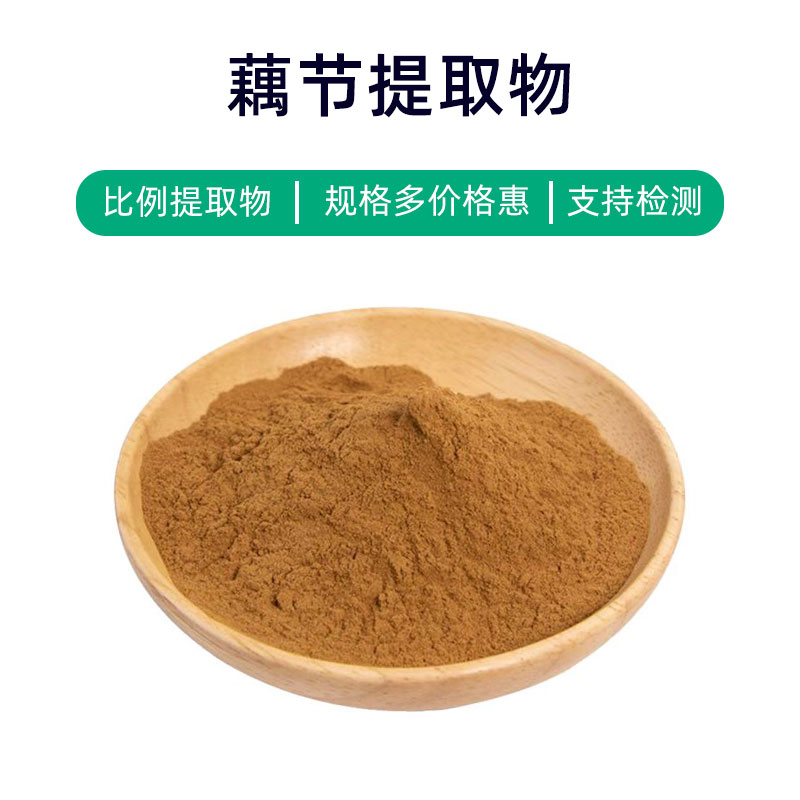Calendula Extract Product Introduction
Calendula extract is a natural plant extract derived from the flowers of Calendula (Calendula officinalis). Its main components include carotenoids, flavonoids, polysaccharides, and volatile oils. Calendula extract has a wide range of applications in medicine, cosmetics, and health products.
As a herbal plant extract, calendula extract is rich in natural active ingredients and is widely used in skincare products. Its effects are mainly reflected in the following areas:
- Anti-inflammatory Analgesic: Calendula extract has excellent anti-inflammatory and analgesic properties, which can help relieve skin inflammation and pain.
- Wound Healing: Rich in flavonoids, it promotes wound healing and reduces redness and itching.
- Antioxidant: Calendula extract is high in antioxidants, which help protect the skin from damage by free radicals and slow down the aging process.
- Moisturizing: It has good moisturizing effects, improving dry skin and increasing skin hydration for a soft and smooth texture.
In the medical field, calendula extract is often used in the preparation of topical ointments, creams, and sprays for the treatment of minor burns, skin inflammation, and eczema. In cosmetics, it is commonly found in face creams, lotions, and cleansers to soothe sensitive skin and repair damaged skin. Additionally, calendula extract can be included as an ingredient in health products to improve skin health and boost immunity.
Calendula Extract Production Process
The production process of calendula extract typically includes the following steps:
- Harvesting: Pick the brightly colored flowers of calendula at their peak bloom, choosing those grown in an unpolluted environment.
- Drying: After cleaning and initially processing the harvested calendula flowers, they are dried to remove moisture, preventing bacterial growth and ensuring safety and stability for subsequent processing.
- Extraction: The dried calendula flowers are placed in extraction tanks, where an appropriate extraction solvent (such as ethanol or ether) is added for soaking. The time and temperature for extraction should be controlled within a specified range, typically from several hours to a few days, to adequately extract the effective components from the flowers.
- Filtration and Concentration: After extraction, the solution is filtered to remove suspended solids. Then, an evaporator or vacuum concentrator is used to evaporate or concentrate the solvent, resulting in concentrated calendula extract.
- Refinement: The concentrated extract undergoes refinement to remove impurities and solvent residues, enhancing the purity and quality of the extract.
- Testing and Analysis: The extract is subjected to quality testing and analysis, including active ingredient content, microbial indicators, and heavy metal content, to ensure compliance with relevant standards.
- Packaging and Storage: Finally, the pass-tested calendula extract is packaged in moisture-proof, light-proof materials, and stored in a dry, cool, and well-ventilated environment to ensure product stability and quality.
Effects and Side Effects of Calendula Extract
Calendula extract, as a natural plant extract, has broad applications in medicine, health supplements, and cosmetics. Its primary effects and actions include:
- Anti-inflammatory: Contains various active ingredients with significant anti-inflammatory properties, effectively alleviating symptoms of skin inflammation, eczema, and burns.
- Anti-inflammatory Action: The active components in calendula extract inhibit the release of inflammatory mediators, reducing skin redness, swelling, and pain.
- Antioxidant Action: Rich in flavonoids and other natural antioxidants, it neutralizes free radicals, inhibits oxidative reactions, slows skin aging, and maintains a youthful, smooth complexion.
- Wound Healing: Stimulates tissue regeneration and accelerates the healing process, reducing scar formation.
- Moisturizing: Packed with vitamins and minerals, it deeply hydrates the skin, enhances moisture retention, and improves dry, rough skin conditions.
- Bacterial Growth Inhibition: Calendula extract has properties that inhibit bacterial growth, reducing the chances of skin infections and maintaining clean, healthy skin.
- Regulating Oil Secretion: Balances sebaceous secretion, regulating skin oil levels, reducing shine, and addressing enlarged pores.
- Soothing and Calming: Provides a soothing effect, relieving skin discomfort and promoting relaxation.
Calendula extract is generally safe; however, some individuals may experience allergic reactions. Avoid contact with eyes and mucous membranes and refrain from extensive use to prevent allergies or discomfort. If allergic symptoms occur, discontinue use immediately and consult a healthcare professional.
Applications and Dosage of Calendula Extract
Calendula extract has extensive applications in the medical, food, and cosmetics fields, with varied dosages depending on the application:
- Medical Applications:
- Topical Use: Commonly used in ointments, creams, and washes. Typically applied 2-3 times daily, gently massaging into the affected area until absorbed.
- Oral Use: Often included as an excipient in oral medications, such as granules or capsules. Dosage should follow medical advice or product guidelines.
- Cosmetics Applications:
- Skincare Products: Frequently used in creams, lotions, serums, and masks for soothing, calming, and moisturizing benefits. Apply an appropriate amount to cleansed facial skin, gently massaging until absorbed.
- Daily Care Products: Can be added to shampoos, body washes, and other personal care items for moisturizing, soothing the scalp, and alleviating itching.
- Food Applications:
- Flavorings: Serves as a natural food additive for flavoring or enhancing color and taste. Amounts generally follow product formulations, usually in small doses.
When using calendula extract, consider the following points:
- Use in medical applications under a doctor's guidance, especially for oral medications.
- Choose products containing calendula extract in cosmetics, following the instructions on product labels.
- In food applications, select approved food additives and follow formulations and usage quantities to avoid excessive use.
Overall, calendula extract is a valuable natural plant extract with significant applications in medicine, food, and cosmetics, making it an ideal ingredient due to its soothing, anti-inflammatory, and moisturizing properties.
Plant Information on the Source of Calendula Extract: Distribution and Growing Conditions
Calendula (scientific name: Calendula officinalis) is a common herbaceous plant belonging to the Asteraceae family, also known as "marigold." Below are detailed insights into the plant source of calendula extract, including its distribution and growth conditions:
- Plant Characteristics:
- Calendula is an annual or perennial herb, typically growing 30-60 cm tall. It has upright stems, with opposite leaves that are lanceolate in shape and serrated along the edges.
- The flowers are distinctly yellow, orange, or deep orange-red, measuring about 5-7 cm in diameter, and usually have abundant petals.
- Distribution:
- Calendula is native to the Mediterranean region, mainly found in Europe, Mediterranean countries, and North Africa.
- Due to its adaptability, calendula has been introduced worldwide and is widely cultivated and utilized.
- Growing Conditions:
- Prefers warm, sunny environments and is not particularly demanding regarding soil quality, though it thrives best in well-drained, fertile soil.
- Capable of withstanding high temperatures, it grows well in hot summer climates but can also survive in milder conditions.
- Calendula shows some resistance to cold and dry conditions, but prolonged exposure to extreme environments may affect its growth and flowering.
- Cultivation:
- Calendula can be propagated through seeds. Keeping the soil moist and ensuring ample sunlight is essential for successful sprouting and growth.
- It can also be propagated through division or cuttings for more rapid production of plants.
- Primary Cultivation Regions:
- Calendula is widely cultivated in Europe, Mediterranean countries, North Africa, as well as regions in the U.S. and Canada.
- It is also grown to some extent in Asia, particularly in certain areas of countries such as China and India.
In summary, calendula is a common herb with vibrant flowers and various medicinal values. It thrives in warm, sunny environments and is not particular about soil, showing strong adaptability. Primarily distributed in the Mediterranean region, calendula has been introduced globally for cultivation and use.
Processing and Storage of Calendula Extract
The processing of calendula extract primarily involves the following steps: First, freshly harvested calendula flowers are cleaned. Then, the clean flowers are either air-dried or oven-dried to remove excess moisture. Next, the dried calendula flowers are crushed or ground to obtain a powdered extract. Finally, appropriate solvents, such as ethanol or water, are used to extract, filter, concentrate, and dry the powder into calendula extract.
For storage, calendula extract should be kept in a cool, dry, and ventilated environment, avoiding direct sunlight and high temperatures. It’s best to store it in sealed containers to prevent moisture and dust exposure. Additionally, avoid contact with other chemicals that may affect its quality and stability. Proper storage can extend the shelf life of calendula extract and ensure the effectiveness of its medicinal components.
Monica Sun is a seasoned expert in the plant extraction industry with over a decade of experience in research and production. She specializes in the extraction and purification of plant active ingredients, focusing on driving innovation in natural product applications. Monica has participated in the development of multiple functional plant extracts, delivering high-value natural raw material solutions for the health food, pharmaceutical, and dietary supplement sectors.









